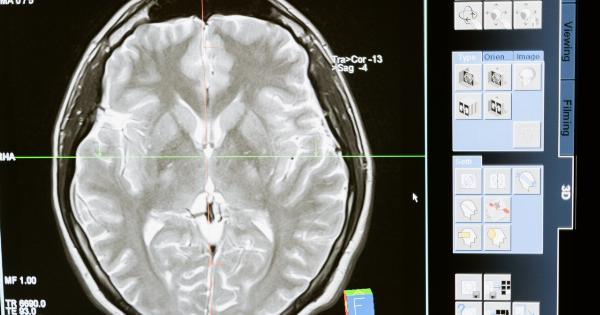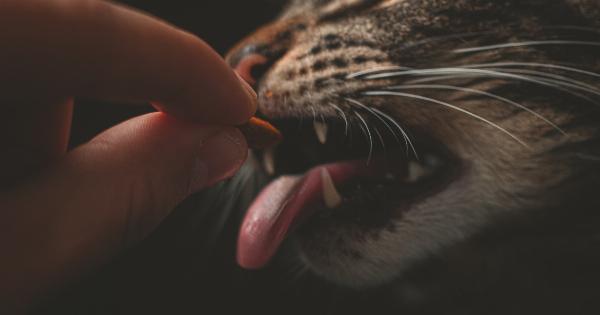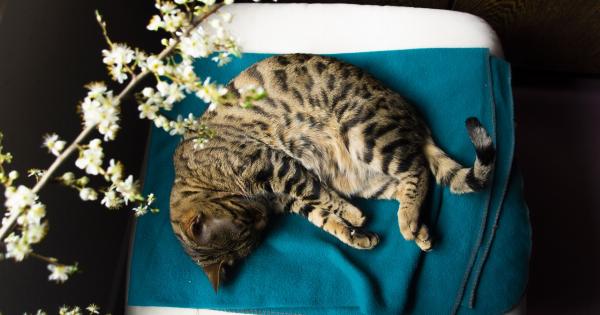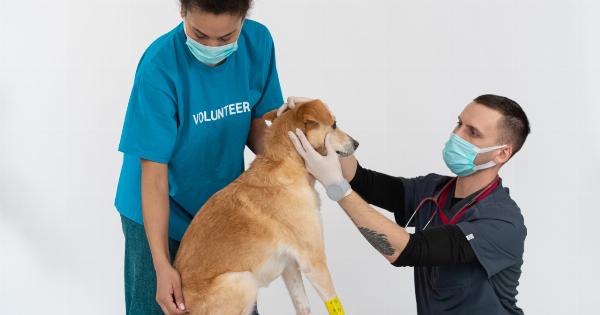While cats are beloved pets for many people, they can also transmit diseases to their owners. Some of these diseases are minor and treatable, while others can be more serious.
Understanding the risks associated with owning a cat can help pet owners take precautions to protect themselves and their families.
Toxoplasmosis
Toxoplasmosis is a parasitic infection that can be transmitted through contact with contaminated cat feces.
While the majority of people infected with toxoplasmosis experience no symptoms, pregnant women and those with compromised immune systems are at risk for complications. Pregnant women with toxoplasmosis may experience severe symptoms, including miscarriage or stillbirth. People with weakened immune systems may experience more serious complications, such as encephalitis or pneumonia.
Cat Scratch Disease
Cat scratch disease is a bacterial infection that can be transmitted through scratches or bites from an infected cat. Symptoms may include fever, swollen lymph nodes, and a rash.
Most cases of cat scratch disease are mild and self-limiting, but in rare cases, complications can occur, such as infections of the liver, spleen, or bone marrow.
Rabies
Rabies is a viral infection that can be transmitted to people through the bite of an infected animal, including cats. While rare in cats in the United States, rabies can be fatal if left untreated.
Symptoms of rabies in cats may include aggression, changes in behavior, and paralysis.
Salmone ella
Salmone ella is a bacterial infection that can be contracted from contaminated cat food or from handling an infected cat. Symptoms may include fever, abdominal cramps, and diarrhea.
Most cases of salmone lla are mild and resolve on their own, but severe cases may require medical attention.
Campylobacteriosis
Campylobacteriosis is a bacterial infection that can be contracted from contact with contaminated cat feces or through handling an infected cat. Symptoms may include diarrhea, abdominal pain, and fever.
Most cases of campylobacteriosis are mild and self-limiting, but severe cases may require medical attention.
Roundworms
Roundworms are a type of parasitic worm that can be transmitted through contact with contaminated soil or feces. While most people experience no symptoms, a severe infestation may lead to abdominal pain, diarrhea, and vomiting.
Roundworms are particularly common in kittens, and pet owners should take precautions to prevent their pets from becoming infected, such as regular deworming treatments and practicing good hygiene.
Tapeworms
Tapeworms are another type of parasitic worm that can be transmitted through contact with contaminated food or water. While most people infected with tapeworms experience no symptoms, severe infections may lead to abdominal pain and diarrhea.
People can become infected with tapeworms by coming into contact with contaminated cat feces or by ingesting fleas that have ingested tapeworm eggs.
Cryptosporidiosis
Cryptosporidiosis is a parasitic infection that can be transmitted through contact with contaminated water or through handling an infected cat. Symptoms may include diarrhea, abdominal cramps, and fever.
Most cases of cryptosporidiosis are mild and self-limiting, but severe cases may require medical attention.
Bartonellosis
Bartonellosis is a bacterial infection that can be transmitted through bites or scratches from an infected cat. Symptoms may include fever, muscle aches, and swollen lymph nodes.
Most cases of bartonellosis are mild and self-limiting, but complications can occur, such as infections of the heart or nervous system.
Cleaning and Prevention
To minimize the risk of contracting a disease from a cat, pet owners should practice good hygiene and take steps to keep their pets healthy. This includes regular veterinary check-ups, regular deworming treatments, and keeping litter boxes clean.
Pet owners should also wash their hands thoroughly after handling their cats or coming into contact with cat feces. If you are pregnant or immunocompromised, consult with your healthcare provider to determine whether additional precautions may be necessary.
Conclusion
Owning a cat can be a rewarding experience, but it is important for pet owners to be aware of the potential risks associated with cat ownership.
By practicing good hygiene and taking steps to keep their pets healthy, pet owners can minimize the risk of contracting a disease from their cats and enjoy a happy, healthy life with their furry friends.































